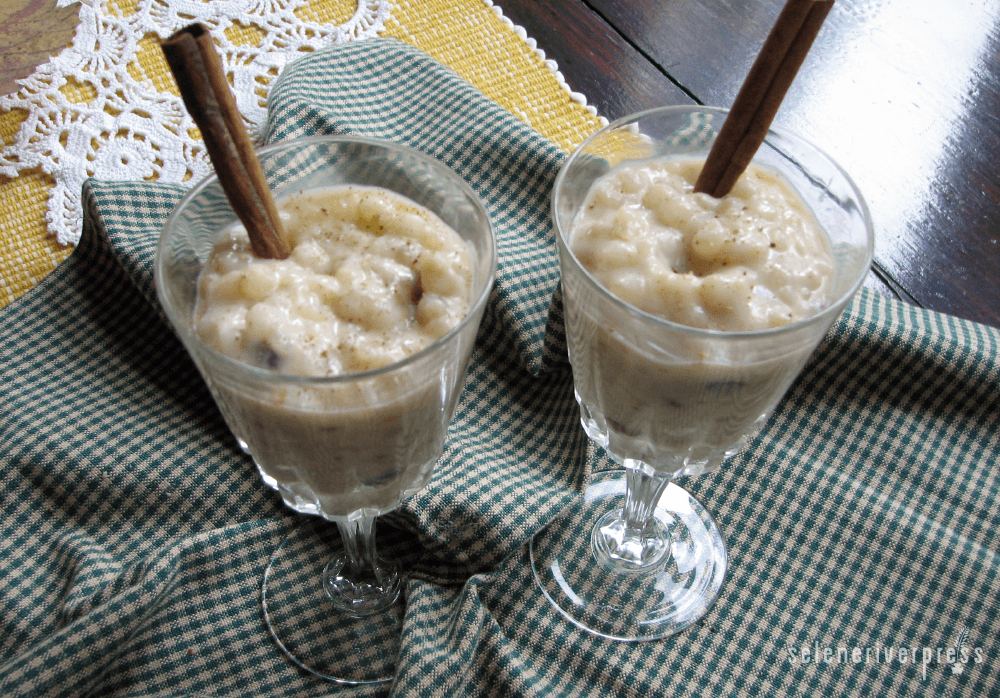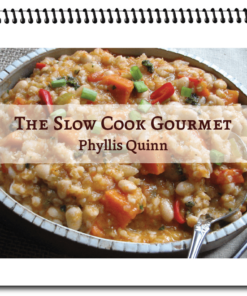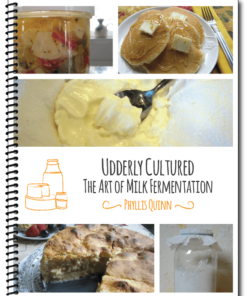Ask Chef Phyllis:
A few weeks back at a neighbor’s party, a friend who had been to Brazil mentioned that tapioca pudding was on almost every menu. I know I am dating myself, but the only time I ever ate and really enjoyed tapioca pudding was at the Automat in Philadelphia—and that was many years ago (after World War II) with my Grandmother Ethyl. She took me along shopping to help carry her heavy grocery bags back home. And the reward was to stop and eat at Horn & Hardart, which I loved to do. I know everyone thinks that the Automat was a New York restaurant, but my dad said it originated in Philly in a renovated printing shop where he apprenticed as a typesetter when he was only 13 years old. Can you provide an H&H tapioca pudding recipe—smooth and creamy like the original, which didn’t contain Cool Whip?
—David Selby, Philadelphia, PA
As soon as I read your letter I wanted to sing, “Less work for Mother; let’s lend her a hand.” It’s a song lyric from the old Horn & Hardart TV show, “The Children’s Hour.” The song was an advertisement for their new “take out” promotion. Before that time, the Automat didn’t offer whole meals, pies, pastries, containers of beans, puddings, or baked goods to the public to go. This must have been a very comforting idea for a depression weary America.
Regardless of your social standing or, for that matter, your age, the Horn & Hardart Automat was a dining and social phenomenon. A nickel (or a handful of them) was your token to a magical experience. A twist of a wrist delivered a culinary treasure.
I too had the opportunity to visit the Automat occasionally as a young girl, and I cherish those times. Everyone I talk to today about the Automat smiles fondly at the thought of their memorable Automat visits, recalling their favorite food or drink or dessert. Salisbury steak and mashed potatoes, mac’ and cheese, Boston baked beans, hot cocoa, fresh, hot New Orleans style coffee, and pumpkin or huckleberry pie—to name just a few!
Although Horn & Hardart’s ushered in the fast food phenomenon, it’s impossible to miss the difference in quality between then and now. As Christopher Klein writes of the Automat for the History Network, “Meals were made from scratch using fresh, high-quality ingredients. Items were prepared shortly before they were eaten, and food was not allowed to linger overnight. Freshly squeezed orange juice that sat for two hours was poured down the drain.”
You and your dad are right—the first Horn & Hardart opened in 1888 in Philadelphia and didn’t branch out in New York City until 1902. I’m sure that this information—along with the fact that the H&H Automat thrived for a little more than a century, providing good, nutritious food to its patrons—are little known among today’s public. That was surely a simpler time, and yes, I remember it well…thanks for writing.
A note for those of you who wish to be nostalgic, you can watch numerous movie clips featuring Horn & Hardart’s Automat on YouTube.
Tapioca Pudding: Horn & Hardart Vintage Recipe
This recipe has been converted to serve 6.
Ingredients
½ cup large pearl tapioca
3 cups whole milk
2 eggs, well beaten
½ teaspoon salt
½ cup organic cane sugar (for a healthier option, use ⅓ to ½ cup coconut palm sugar, or to taste)
½–1 teaspoon ground cinnamon, or to taste
½ teaspoon vanilla
1 tablespoon butter
Fresh nutmeg, for garnish
6 cinnamon sticks (optional)
Instructions
- Soak the tapioca in 1 cup of the milk and store overnight in the refrigerator. The tapioca will have absorbed most of the milk.
- In the morning, pour the remaining 2 cups of milk into a 2-quart heavy bottomed saucepan. Add the soaked tapioca to the saucepan. Turn heat to low.
- Add eggs, salt, sugar, and cinnamon. Turn heat to medium. Stir continuously for about 15–20 minutes, or until the mixture thickens.
- Remove from heat. Add vanilla and butter.
- Cool slightly, then spoon the pudding into tall glasses. Garnish with a grind of fresh nutmeg and a cinnamon stick. Serve warm or cold.
Author’s note: Tapioca has been used as a thickening agent for many years. It’s known all over the world, but perhaps less so in this country. I prefer to use large or small pearl tapioca to thicken very juicy berry pies instead of corn starch or even arrowroot. In Brazil and other South American countries where tapioca is plentiful, a popular dish is tapioca crepes with fruit and crème fraîche for breakfast—but that’s another post.

AUTHOR’S NOTE
To choose your organically grown and fresh ingredients wisely, use the following criteria:
- chemical- and hormone-free meat
- wild-caught fish
- pasture-raised, organic eggs
- whole, unrefined grains
- virgin, unrefined, first-press organic oils
- whole-food, unrefined sweeteners
- pure, clean, spring water
- sea salt
- raw and/or cultured milk and cream products
Photo by Phyllis Quinn





Hi Phyllis! Maria Atwood asked me to share this with you:
Hi Phyllis:
I want to congratulate you on this totally yummy rendition for Tapioca
Pudding! Just in time for thanksgiving and Christmas and it’s ALL nicely
done in the Nourishing Traditions way of cooking yummy foods with REAL
whole foods. I will be using it often and
just wanted to say thanks!
Maria Atwood, CNHP
Thank you Maria. It must be about 65 years since I first tasted this H & H tapioca pudding and just about 3 weeks ago that I made it myself. It was easy to prepare and delicious…I am glad it’s so nourishing too. Happy days are here again!